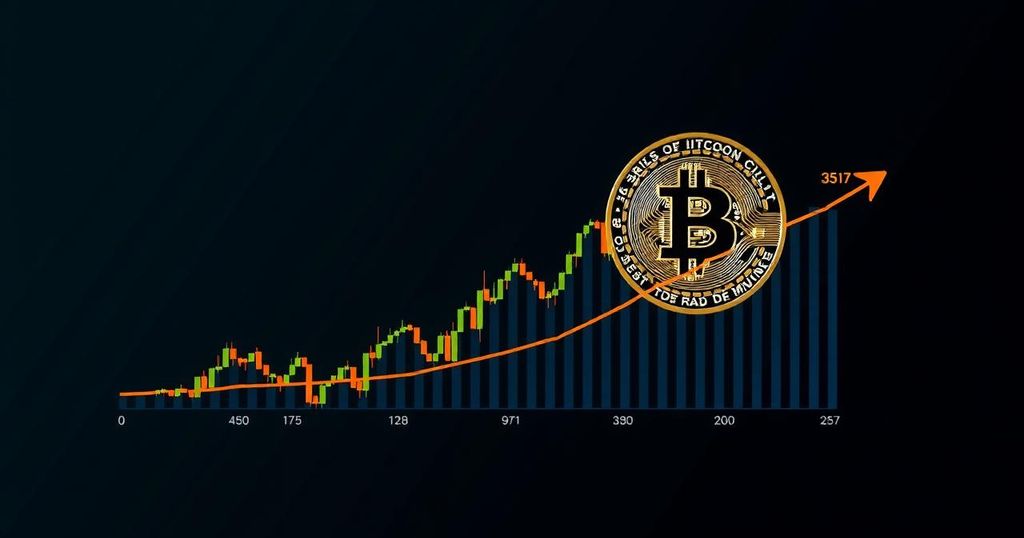Analyzing Bitcoin’s Recent Price Movements and Future Predictions
In recent days, Bitcoin has faced a plethora of challenging forecasts, particularly with speculations regarding another potential crash looming. Current sentiments portray a mix of concern and skepticism, particularly about the stability of Bitcoin’s price, notably its recently established support level at $57,000.
On February 27, 2024, Bitcoin experienced a notable resurgence, surpassing the $57,000 threshold for the first time since its last significant downturn. Following that breakthrough, the price continued to ascend, reaching unprecedented heights above $73,000 approximately two weeks later. However, this upward trajectory was soon followed by a prolonged phase of lateral trading, which has persisted for over six months. The first major retracement occurred in March, with Bitcoin’s value dropping to $60,000, after which it rebounded to approximately $56,500 in May, before fluctuating between $57,000 to $72,000, with few exceptions straying from this range. Significant outliers occurred on July 5, when Bitcoin dipped to $53,500, and again on August 5, when it reached $49,000.
The recent decline in Bitcoin’s price has resulted in falling from $64,500 last Monday to $57,100 as of last night. Currently, the $57,000 level appears to be holding as a support; however, forecasts indicate it may not be sustained for long. Given the prior occurrences of Bitcoin dropping below this threshold two months consecutively, it would be unsurprising if a similar event recurred should buying pressure continue to wane amidst stable selling pressure.
Medium-term forecasts warrant a more optimistic discourse. For instance, a quick recovery was observed during similar past events in July and August when Bitcoin rebounded from temporary lows of $53,500 and $49,000 respectively within a matter of days. Additionally, on September 18, the Federal Reserve is anticipated to announce a rate cut, which could provide a favorable catalyst for Bitcoin’s value. Over the past year, there has been a notable decline in the amount of Bitcoin held on exchanges, indicating a phase of accumulation rather than liquidation.
Despite these positive undercurrents, general market sentiment remains pessimistic. August concluded with an 8.6% drop in Bitcoin’s price, followed by a continuing decline into September. The Fear & Greed Index has slipped back into negative territory, suggesting a notable lack of confidence among retail investors. Historically, the month of September has also depicted a mixed performance for Bitcoin, which raises concerns given its negative August performance.
In light of the prevailing conditions, some analysts advocate the implementation of Dollar-Cost Averaging (DCA) strategies, emphasizing this method’s suitability for long-term investors rather than short-term traders. As articulated by the analyst Grizzly, the Puell Multiple Index points towards an ideal accumulation phase, beneficial for both retail and institutional investors positioning themselves favorably for the anticipated market shifts.
Moreover, the outlook into October often reveals a more favorable trend for Bitcoin, and speculators could be positioning themselves to leverage expected increases in price. Thus, the potential for recovery hinges upon the Fed’s rate cut announcement subsequent market adaptations in anticipation of it.
In summary, while immediate price movements appear precarious, the medium and long-term perspectives suggest a potentially bullish trend, supported by strategic market behaviors and broader economic signals.








Post Comment